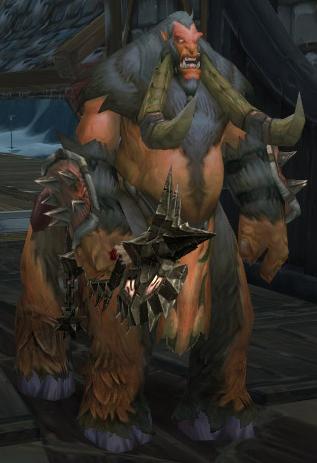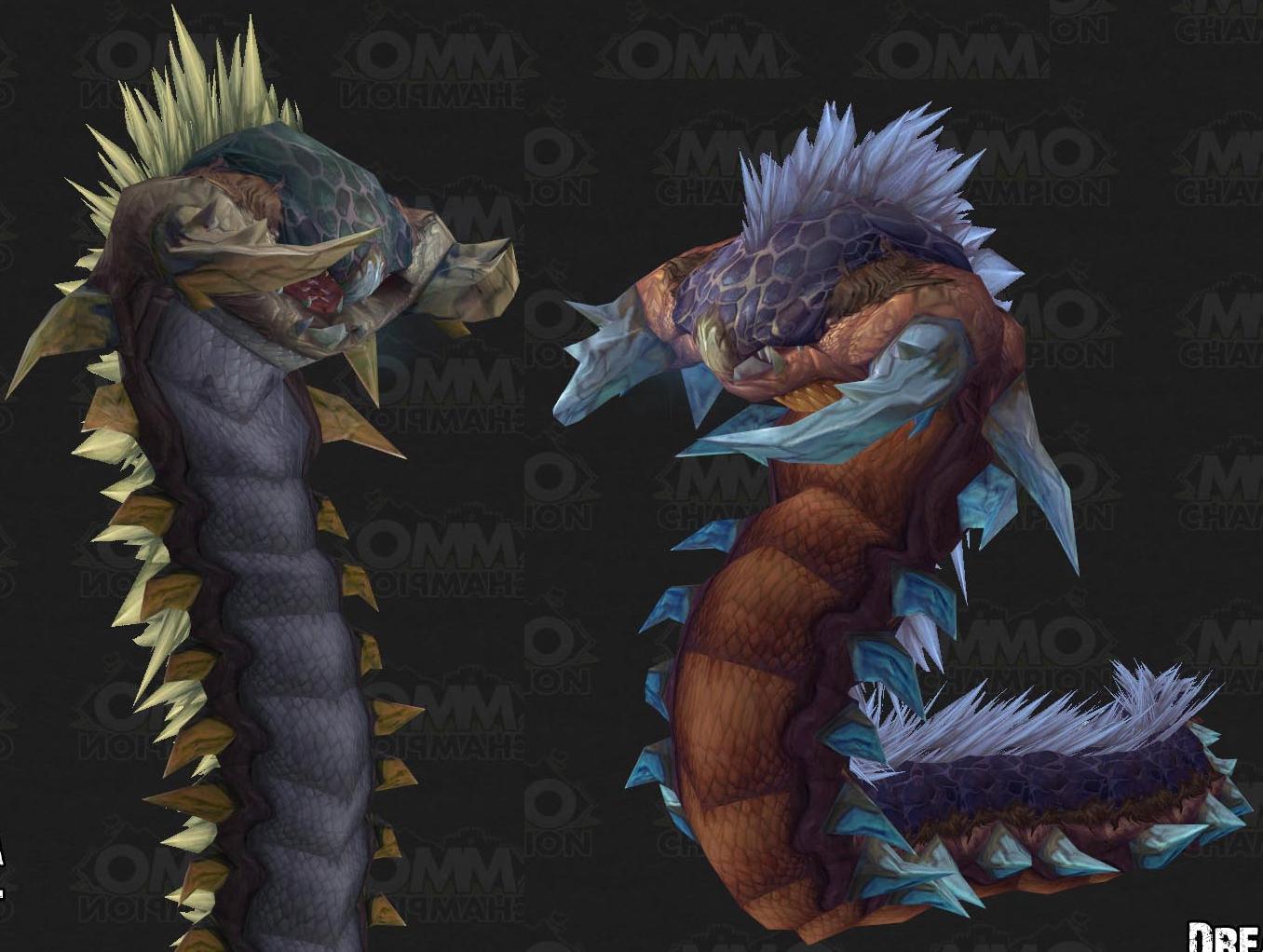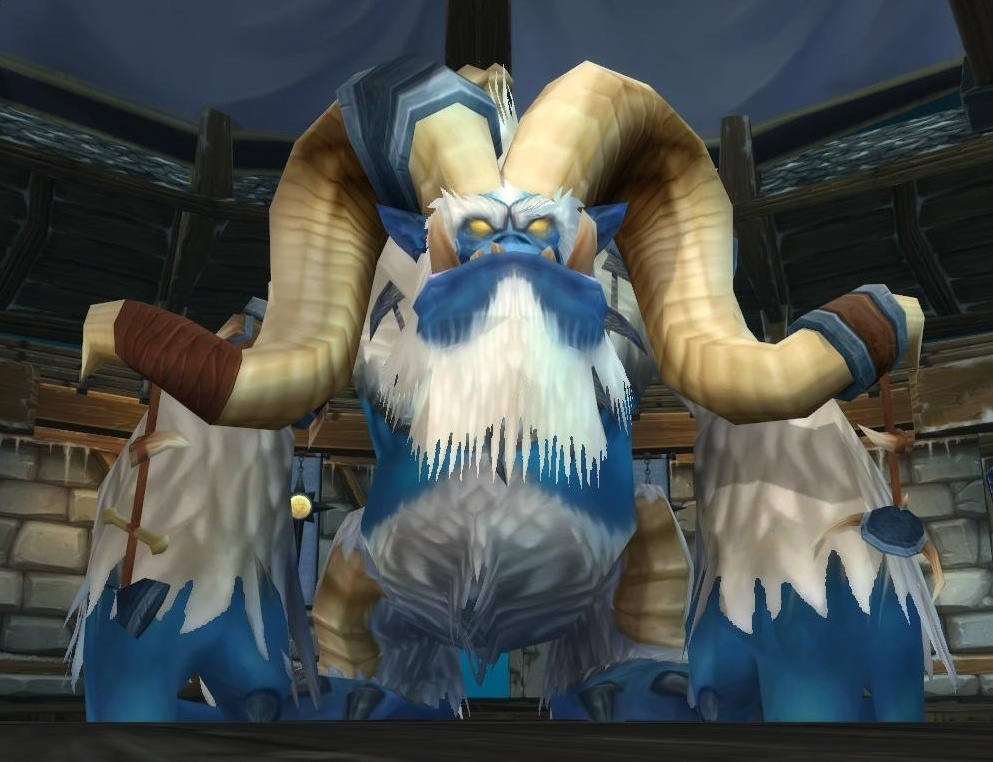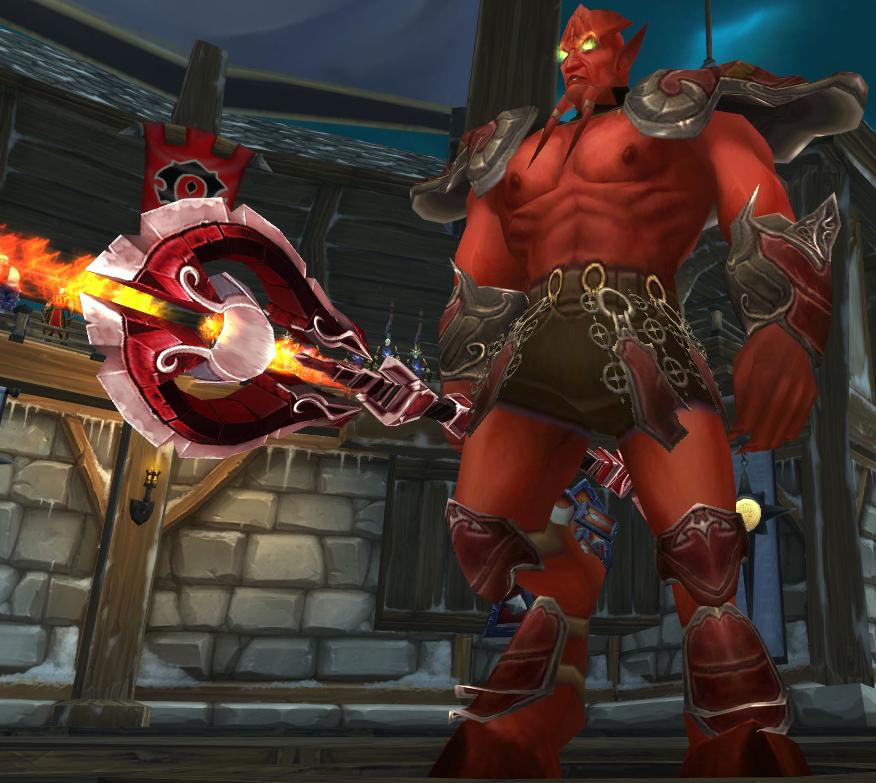Performance Measurements: DPS vs Tanks
World of Warcraft has a section of the population known as theorycrafters, the most well known of these being Elitist Jerks. Theorycraft is about the mathematical deconstruction of the game, with the general intent being to optimize performance. Theorycraft, ultimately, is engineering for World of Warcraft.
With that in mind, we often use statistics to analyze performance. Damage Per Second is the standard for damage dealers, and is based on the average damage that a character generates in a period of time. We note that this is an average. Ultimately, if X is the damage done by a character, you want to get the Expected Value of X. I’m not going to go deeply into the philosophy of the matter, but it is very much my opinion that this is a reasonable statistic for damage dealers to optimize.
What about tanks, though? Should we be optimizing for incoming Damage Per Second? One can think of situations where this would be a bad indicator of survival. For example, suppose a boss hits for 60,000 unmitigated damage every 5 seconds. Suppose you have two tanks under attack by this boss. The first has 50,000 health, 50% damage reduction, and a 60% chance to dodge. This tank will take 2400 DPS. The second tank has 50,000 health, 0% damage reduction, and a 90% chance to dodge. This tank will take 1200 DPS, or half as much. Which of these two tanks is better? Incoming DPS would say the second tank, but a quick examination of the numbers says otherwise. A single hit will kill the second tank, but it takes two to kill the first tank. With healing in mind, the first take will probably survive the encounter, but the second is doomed.
This brings me to my point about tank measurements. Where DPSers should be concerned with averages, tanks should be concerned with variance. Spikes are what kill tanks. Minimizing, avoiding, and surviving spikes are the keys to survival for a tank. This is what makes theorycraft for this role so much more difficult. Where DPS can take an average, eliminating the need of finding the distribution, tanks can’t cut those corners.
Later this week, expect on article on the Markov chain (the mathematical method that is my character’s namesake). This matrix function can give a lot of very useful information about a tank’s survivability.








